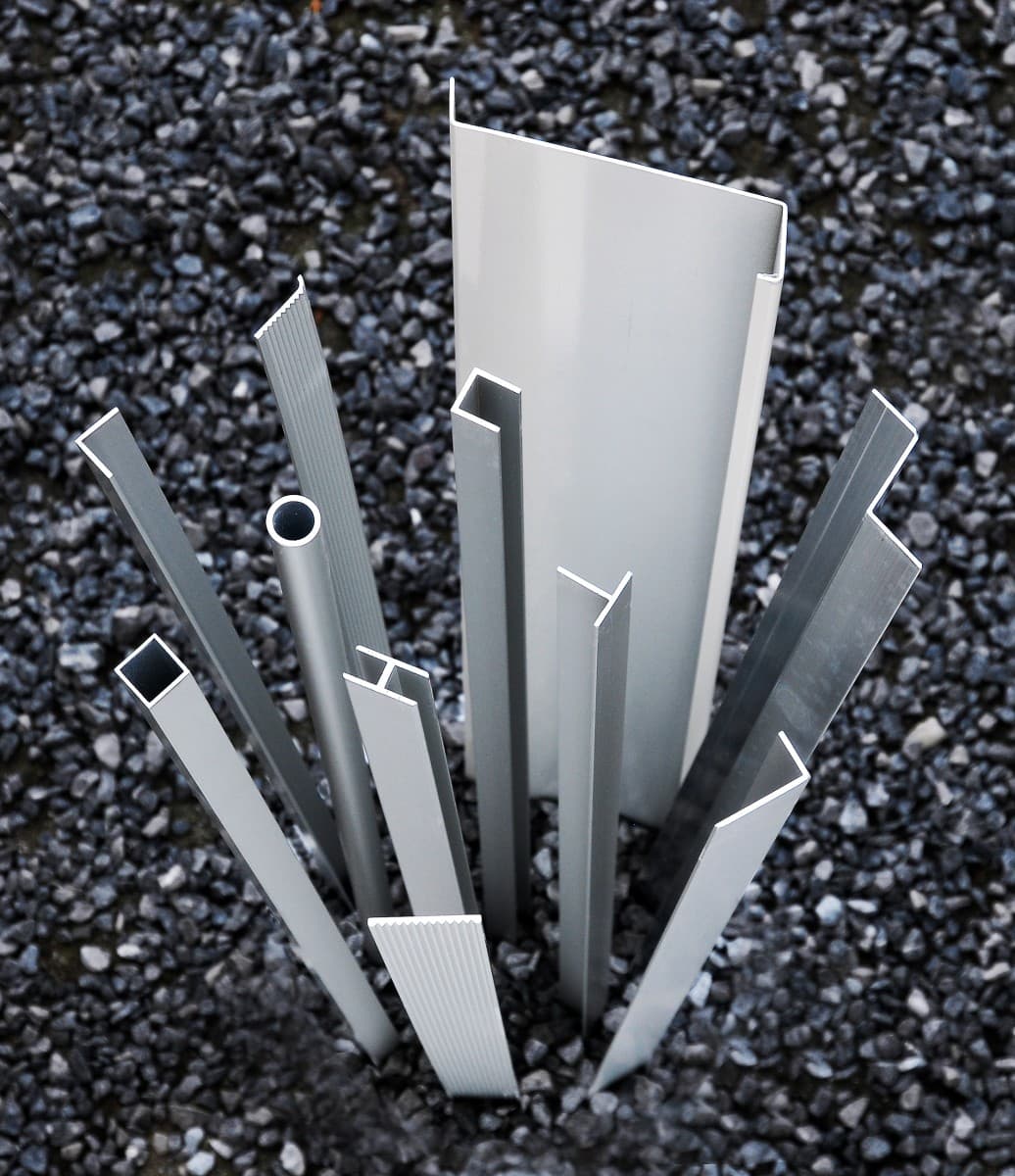Sustainable aluminium

Aluminium is a sustainable building material
Aluminium bonds strongly to oxygen, sealing itself with an oxide film within a millisecond. This means that the material is impervious to oxygen. As a result aluminium does not oxidise, unlike steel, which forms a permeable oxide film. That leads to the formation of rust. Roval Aluminium uses recycled aluminium in its products. Recycling aluminium therefore costs only five percent as much as producing new aluminium. The energy required to recycle steel is approximately the same as the energy required to produce new steel. Since the quality of recycled aluminium is preserved, its residual value is high. That makes it attractive to collect aluminium separately. No less than 95% of aluminium used in construction stays in circulation. Aluminium is light, and therefore contributes towards reducing CO2 emissions. That is because the impact of transporting the material is lower because larger quantities can be transported in a single load. Both aluminium material and many aluminium building products can be reused. This means that aluminium is the ideal cradle-to-cradle product.
Sustainable benefits of aluminium
In comparison with other building materials, Roval aluminium working details offer a number of major advantages over other building materials. Aluminium requires little maintenance. This contrasts with other building materials such as wood, which has to be painted several times during its life cycle. Aluminium also lasts longer; the period before it needs replacing is significantly longer. Aluminium achieves high scores for sustainability because it is so malleable. Steel requires a far larger number of welds to create a specific working detail. That also has an impact on CO2 emissions. Aluminium extrusion profiles give designers greater freedom to create different shapes because Roval’s pre-processing can include preparation for installation functions (such as drilled holes). Roval Aluminium also supplies powder coated and anodized aluminium working details. Powder coating (applying a protective powder coating in any desired RAL colour) and anodising (electronic application of a protective oxide layer) both improve sustainability.
Do you need more information or have you any questions?
Get in touch with us
We are happy to help. More information can be found on our contact page.
